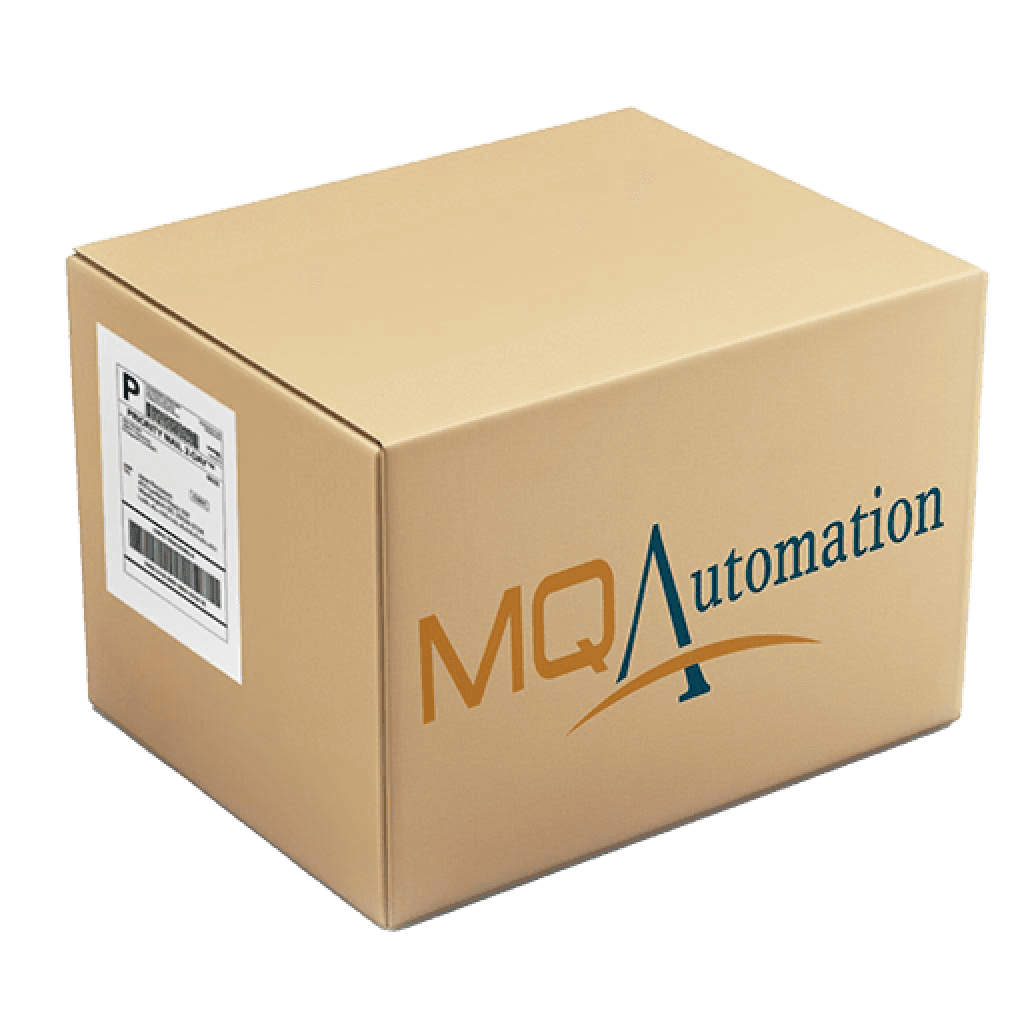Terminal Block Markers on MQ Automation

Terminal Block Markers
A terminal block is a modular casing with an insulated body that safely links two or more wires together.

A terminal block is a modular casing with an insulated body that safely links two or more wires together.

WAGO 793-965 - WMB marking card; as card; MARKED; E240.0, E240.1, ..., E249.6, E...
Quick Quote

WAGO 793-966 - WMB marking card; as card; MARKED; E250.0, E250.1, ..., E259.6, E...
Quick Quote



WAGO 793-964 - WMB marking card; as card; MARKED; E230.0, E230.1, ..., E239.6, E...
Quick Quote
| Item | Manufacturer | Price | Stock | Delivery | |
|---|---|---|---|---|---|
 | 793-965 WAGO 793-965 - WMB marking card; as card; MARKED; E240.0, E240.1, ..., E249.6, E... | WAGO | Quick Quote | ||
 | 793-966 WAGO 793-966 - WMB marking card; as card; MARKED; E250.0, E250.1, ..., E259.6, E... | WAGO | Quick Quote | ||
 | V7-SM6X12-G Terminal block marker card, 6mm X 12mm, "G" | Sprecher + Schuh | Quick Quote | ||
 | 210-102 WAGO 210-102 - Operating pliers | WAGO | Quick Quote | ||
 | 793-964 WAGO 793-964 - WMB marking card; as card; MARKED; E230.0, E230.1, ..., E239.6, E... | WAGO | Quick Quote | ||